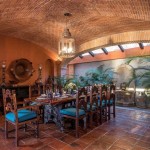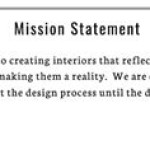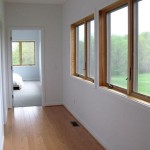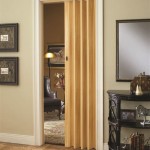Transitional Style Interior Design Characteristics
Transitional interior design, a popular and versatile style, seamlessly bridges the gap between traditional and contemporary aesthetics. It embraces the timeless elegance of traditional design while incorporating the clean lines and functionality of contemporary elements. This style allows for a harmonious blend of classic and modern elements, creating spaces that are both sophisticated and inviting. Transitional design offers flexibility and adaptability, making it a suitable choice for a wide range of homes and personal tastes.
A Fusion of Traditional and Contemporary
At its core, transitional design is characterized by its balance between traditional and contemporary elements. It borrows from traditional design principles like symmetry, ornate details, and classic color palettes, while incorporating contemporary elements such as clean lines, minimalist furniture, and a focus on functionality. The key lies in creating a harmonious balance between these contrasting elements, ensuring that neither dominates the other.
For example, a transitional living room might feature a traditional fireplace mantel adorned with ornate moldings, but paired with a modern, minimalist sofa and sleek coffee table. Similarly, a transitional bedroom may showcase a classic four-poster bed with a canopy, but with a contemporary headboard and minimalist nightstands. This fusion of styles creates a unique and sophisticated ambiance that appeals to a broad range of individuals.
Emphasis on Comfort and Functionality
Transitional design prioritizes both comfort and functionality. It emphasizes the creation of inviting and comfortable spaces that are also practical and well-organized. For instance, a transitional kitchen might feature traditional cabinetry with shaker-style doors but integrate modern appliances like stainless steel refrigerators and induction cooktops. The space is both elegant and efficient, allowing for both culinary creativity and effortless functionality.
Transitional design avoids excessive clutter and prioritizes clean lines and open spaces. This doesn't mean sacrificing personality or warmth. Transitional spaces often feature layered textures, soft lighting, and curated accessories that add depth and interest without overwhelming the design. The overall effect is a visually calming and comfortable environment that invites relaxation and connection.
A Versatile and Adaptable Style
Transitional design's versatility is one of its key strengths. It can be adapted to suit a wide range of spaces and personal tastes. It can be incorporated into both formal and casual settings, ranging from grand living rooms to cozy bedrooms. The style's flexibility allows homeowners to personalize their spaces and create an atmosphere that reflects their individual personalities and needs.
The adaptable nature of transitional design makes it appealing to those who appreciate classic design but desire a more modern feel. It provides a comfortable middle ground, allowing homeowners to express their personal style while creating a timeless and sophisticated space. The neutral color palettes and adaptable elements of transitional design also make it easier to update over time, allowing for gradual changes and a more enduring style.
Key Elements of Transitional Style
To achieve a successful transitional design, certain key elements should be incorporated:
- Neutral Color Palette: Creamy whites, soft grays, and warm beiges form the foundation of a transitional color scheme. These neutral tones provide a backdrop for bolder accents and create a sense of calm and serenity.
- Classic Furniture Shapes: Transitional design often features furniture with classic shapes, such as wingback chairs, Chesterfield sofas, and traditional armoires. However, these pieces are typically updated with modern upholstery fabrics and finishes, maintaining a sense of sophistication without appearing overly formal.
- Natural Materials: Incorporating natural materials like wood, stone, and leather adds warmth and texture to transitional spaces. These materials are often used for flooring, furniture, and decorative accents, creating a grounding and inviting feel.
- Layered Textures: Transitional design often features a combination of smooth and textured surfaces. For example, a soft velvet sofa might be paired with a textured throw pillow and a sheepskin rug. This layering adds visual interest and depth to the space.
- Minimalist Accents: While transitional design embraces classic details, it also incorporates minimalist elements. This might include sleek lighting fixtures, contemporary artwork, or geometric patterns. These elements help to balance the traditional elements and prevent the space from feeling too ornate.

Transitional Style Interior Design Defined Décor Aid

A Guide To Transitional Interior Design Style For Your Home Foyr

Transitional Style Interior Design Defined Décor Aid

Transitional Style Interior Design Defined Décor Aid

A Guide To Transitional Interior Design Style For Your Home Foyr

What Is Transitional Style Everything You Need To Know About This Year S It Trend

What Is Transitional Style Everything You Need To Know About This Year S It Trend

A Guide To Transitional Interior Design Style For Your Home Foyr

Transitional Interior Design A Journey Of Discovery

A Guide To Transitional Interior Design Style For Your Home Foyr








